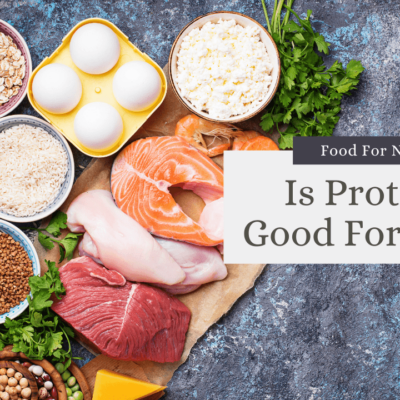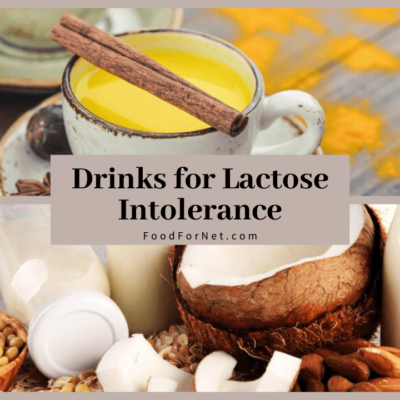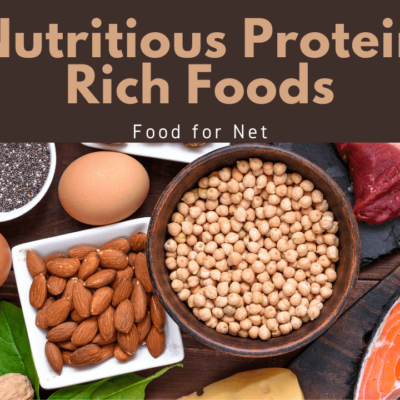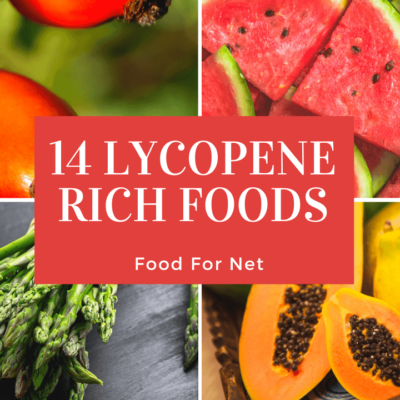
Lactose intolerance is a common problem and a frustrating one. If you are lactose intolerant, then your body cannot digest lactose. As a result, you get a variety of symptoms when you eat lactose. These can include nausea, bloating, and cramps, often from 30 minutes to two hours after you eat food with lactose. But thankfully, there are some low lactose dairy foods out there.
These foods are important, as lactose intolerance doesn’t tend to be complete.
Most of the time, your body is producing insufficient amounts of the lactase enzyme (which is what breaks down lactose). With low enzyme production, you’ll certainly know if you eat too much lactose in a sitting.
Even so, most people with lactose intolerance can still consume a little lactose. Some estimates suggest that you can tolerate as much as 18 grams of lactose in a day and up to 12 grams in a sitting.
This means that some dairy foods aren’t off-limits, especially if you are watching the amount that you eat. The foods on this list are all examples of low lactose dairy foods. They’re options that you can still enjoy in moderation. This is great news for anyone who hates the idea of cutting out dairy entirely.
Low Lactose Dairy Foods
- Butter
- Clarified Butter
- Kefir
- Yogurt
- Greek Yogurt
- Full Fat Yogurt
- Aged Cheeses
- Some Other Cheeses
- Goat’s Milk
- Quark
- Heavy Cream
- Whey Isolate
- Lactose Free Dairy
Butter

Butter contains very little lactose. In fact, the amount of lactose in a tablespoon of butter is almost undetectable. This is fantastic news if you use butter in cooking or even as a spread.
This also means that you can enjoy some baking and prepared foods. However, you will still need to carefully check recipes and labels, as there might be other sources of lactose that you need to contend with.
Clarified Butter

Clarified butter also goes by the name ghee and it’s something that you can make at home or buy at a store. It has a more intense buttery flavor than regular butter (which might be a surprise!), along with some differences in nutrition compared to butter.
One of these differences is in lactose, as clarified butter has less lactose than butter. This is impressive. After all, butter doesn’t have all that much lactose anyway. This means that if you are very sensitive to lactose, clarified butter is your best choice. If not, you could run with either option.
Kefir

Kefir is a fermented milk drink that is somewhat similar to drinkable yogurt. Like other fermented foods, kefir may help to improve the balance of bacteria in your gut.
The fermentation process also makes kefir suitable for many people with lactose intolerance, as the bacteria is used break down lactose. The amount left will vary, but some brands claim that their kefir is as much as 99% lactose free.
Some research even suggests that kefir may help to improve lactose digestion if consumed regularly. Reversing lactose intolerance might not be possible, but you may well be able to reduce your sensitivity.
Plain kefir is generally the best type to choose. Flavored kefir often uses extra sugar. It might include other undesirable ingredients too.
Yogurt

Yogurt can be a low lactose choice and is often well-tolerated by people who are sensitive to lactose. This is because of the live cultures used to make yogurt. These break down some of the lactose, leaving less in the final product.
You’ll get the most benefits by focusing on yogurt that is marketed as containing live cultures. Such products are easy to spot in the grocery store, as many brands focus on live cultures in their marketing. You can also check the back of the yogurt to see what cultures were used.
Greek Yogurt

Greek yogurt goes through multiple straining steps during production. The straining helps to remove the whey and decreases the amount of lactose present at the same time. The fermentation of the yogurt helps as well.
In the end, you’re looking at around four grams of lactose in a serving of Greek yogurt or perhaps even less. As with kefir, the probiotics in yogurt and Greek yogurt may help to improve your gut bacteria balance and, over time, your ability to digest lactose.
Full Fat Yogurt

Full fat products had a bad reputation for a while, but we’re starting to realize that they can be very good for health. This is especially true for full fat dairy, which tends to be filling and a good source of nutrition.
Full fat yogurt also contains less lactose than low fat yogurt. This is a serious advantage. You can even find full fat Greek yogurt that contains active cultures. That combination would be the absolute best for you.
Aged Cheeses

A good general rule is ‘the fresher the cheese is, the more lactose it will contain’. The aging process helps to break down lactose in cheese. So, if your cheese has been aged for six months or more, you should be able to enjoy it without many problems.
Thankfully, aged cheese is easy to spot. Many products will provide clear information about how long they have been aged for. If you’re at all concerned, lean towards cheese that has been aged for a long time, these should contain the least amount of lactose.
Some Other Cheeses

You can also turn to some other types of cheese. It’s best to focus on harder cheese whenever possible while avoiding options like feta, ricotta, and American cheese. Some soft cheese may be okay in small amounts, such as brie and camembert.
Any heavily processed cheese should also be avoided. These are often high in lactose and aren’t that good for your health anyway.
The amount of lactose will vary, even for the same type of cheese, as each manufacturer has their own processes. You can check the ingredients label for a clue. Low lactose cheese will be low in sugar and high in fat.
Parmesan is an excellent place to begin your journey into low lactose cheeses, as there is a negligible lactose present.
It’s also worth noting that most cheeses can be tolerated if you keep your portion sizes small enough. After all, people with lactose intolerance can generally consume a little lactose, especially if the lactose is spread across the day.
Goat’s Milk

Goat’s milk isn’t low in lactose, but it does contain less lactose than regular milk. This could be enough of a reason to try goat’s milk, especially if your lactose intolerance is not severe.
There are also some indications that goat’s milk is easier to digest than cow’s milk. This might lead to fewer lactose intolerance symptoms. The flavor of goat’s milk might take a little getting used to, but the nutritional profile is similar to cow’s milk, so you’re not missing out on anything.
Quark

Quark is a type of fresh cheese that you may not have heard of. It is sometimes called cottage cheese, although some cultures make a clear distinction between cottage cheese and quark.
Regardless, quark tends to be from soured milk and is often made using lactic acid bacteria. This traditional approach means that the bacteria are feeding on the lactose, leading to a cheese that is low in lactose.
Some versions of quark add cream after the cheese has cooled. This process increases the fat content and makes the cheese a little sweet. However, the extra dairy isn’t good for anyone with lactose intolerance, so you’ll need to focus on versions that don’t have any cream added.
Heavy Cream

Heavy cream has a higher fat percentage than most other types of cream. It is also very low in sugar and has just a tiny amount of lactose. This means that you’d have better outcomes from adding heavy cream into your coffee than using regular milk.
The same is true for enjoying some heavy cream with dessert. Of course, you’ll need to pay attention to your serving size. Overdoing it with a dairy product could give you uncomfortable side effects. You may need to experiment a little until you know the best amounts of heavy cream (and other dairy products) for your body.
Whey Isolate

Whey is the name of a byproduct during cheesemaking. It is the liquid that is left behind after the curdling and straining of milk. Whey is often used to create a protein powder, which is thought to be powerful for muscle development.
The popularity of whey protein powder comes from the fact that it contains many important amino acids. It also has high levels of branched-chain amino acids (BCAAs), particularly leucine. Leucine and the other BCAAs are very relevant for athletes and bodybuilders.
Whey concentrate is the most common form of whey protein powder and tends to be less expensive. Whey isolate is more expensive, partly because it has been more highly refined. Whey isolate tends to contain much higher amounts of protein and has less lactose as well. This means that some people with lactose sensitivity can tolerate whey isolate.
Lactose Free Dairy

There are also lactose free versions of some dairy products that would normally contain lactose. Milk is the most common example here.
Lactose free milk is literally just regular cow’s milk that has been treated with the enzyme lactase. The lactase breaks down the lactose into the sugars galactose and glucose. This process is what your body would do, so you get the exact same nutrients from lactose free milk as from regular milk.
Lactose free milk also has a similar texture and flavor to regular milk, so you can easily use it in recipes and in your coffee.
The main difference is that our bodies perceive simple sugars as being sweeter than complex ones. This means that lactose free milk tends to taste a little sweeter than regular milk. Still, variation in sweetness isn’t dramatic. You might not even notice it.
Some other dairy products take a similar approach, such as lactose free cream cheese and lactose free sour cream. These are less common than lactose free milk. But, they should be easy to spot in stores, as they will be clearly labeled as being lactose free.

















 15 Drinks For Lactose Intolerance That You Can Safely Enjoy
15 Drinks For Lactose Intolerance That You Can Safely Enjoy
Many thanks. After a childhood spent in conflict with parents because I could NOT drink milk but could eat any other dairy product, now I know why I couldn’t stand milk.
Still makes me nauseous to even think about drinking milk; but cheese and wine – why that’s the good life.
Cheers,
DMS